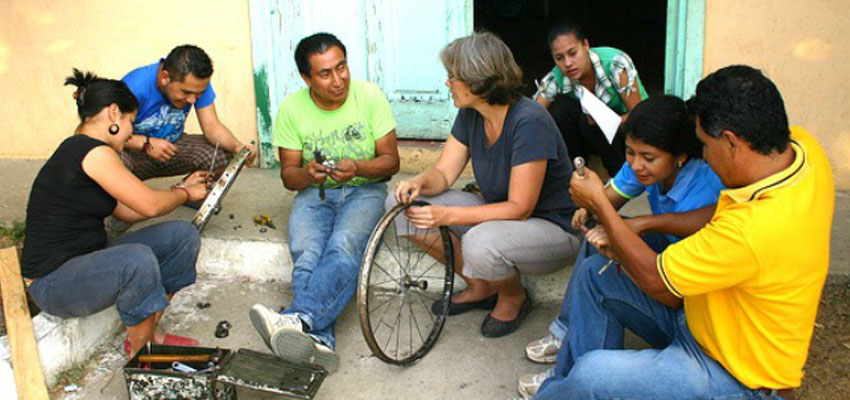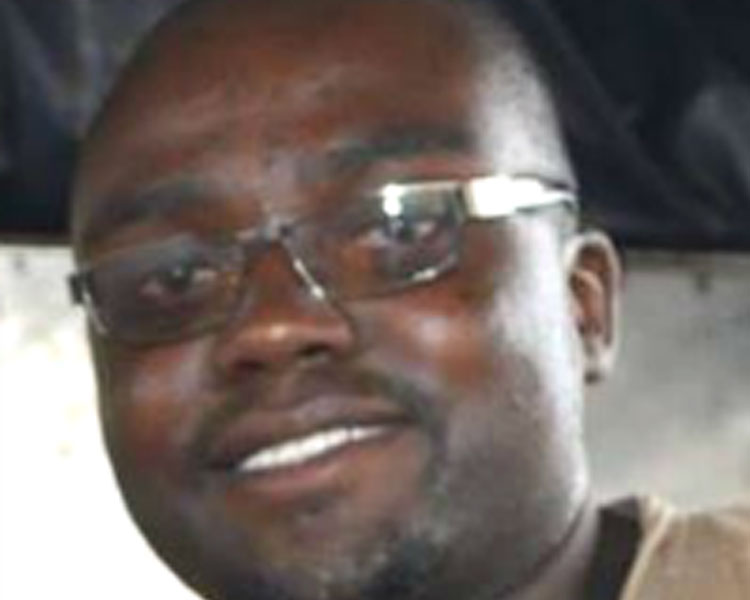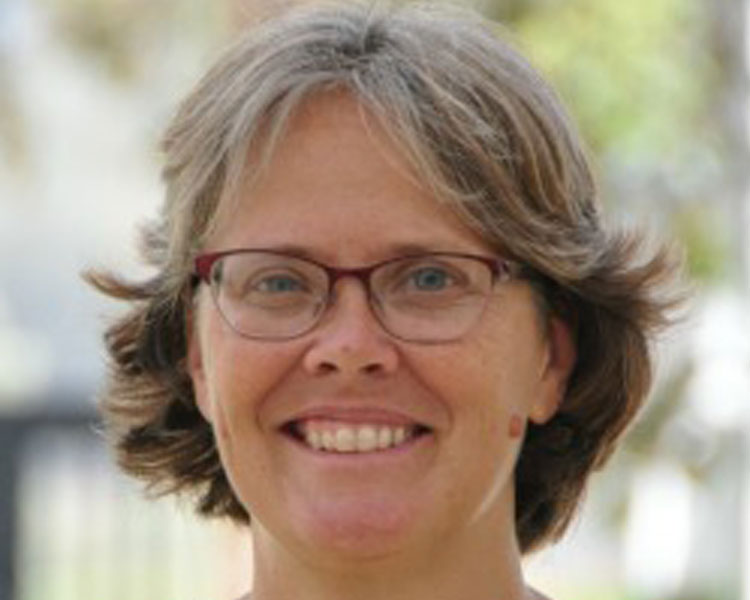
PANEL DISCUSSION
Who invents for whom? Who gets credit for inventing? What gets called an invention?
Thursday, March 31, 5:00 - 6:30 PM (Free), MIT Museum, 265 Massachusetts Ave, Cambridge, MA
SASHA COSTANZA-CHOCK
Associate Professor, MIT Comparative Media Studies/Writing
About Sasha: Sasha Costanza-Chock is a scholar and media maker who works in the interrelated areas of social movements and information and communication technologies; participatory technology design and community based participatory research; and the transnational movement for media justice and communication rights, including comunicación populár. He holds a Ph.D. from the Annenberg School for Communication & Journalism at the University of Southern California, where he was a Postdoctoral Research Associate. He is also a Fellow at the Berkman Center for Internet & Society at Harvard University. While living in Los Angeles, he worked on a variety of civic media projects with community-based organizations, including the award-winning VozMob.net platform. More information about Sasha's work can be found at schock.cc.
Statement: Designers, technologists, inventors, and institutions are increasingly turning to more inclusive design processes. This shift has great potential to organize innovation in more productive, useful, and democratic ways. Often, however, these practices, ultimately serve extractive ends: extensive domain knowledge and tacit understanding are distilled through the 'participatory design' process, then taken away from the people and communities who 'participated' to be transformed into a product or service that is sold back to the community (or to global markets), nearly always without compensation or even recognition. How can we shift the extractive dynamic of the increasingly popular – and well-meaning – participatory design process? What would Design Justice look like?
PAGAN KENNEDY
Author, Inventology
About Pagan: The former Innovation columnist for the New York Times Magazine, Pagan is author of eleven books. She has been an MIT Knight Science Journalism fellow and published articles in dozens of newspapers and magazines. Other awards include a Smithsonian fellowship, a Massachusetts Book Prize honor in nonfiction, and a National Endowment for the Arts fellowship. Her most recent book, Inventology, was published this year. The book, featuring a chapter on MIT D-Lab's Amy Smith, takes the reader through the methods that visionaries use to imagine new technologies. Based on interviews with inventors, economists and psychologists—as well as evidence from studies—the book reveals the steps that produce discoveries.
Statement: In the 1960s, following the exposure of a fatally dangerous Chevy Corvair flaw, Ralph Nader noted, “The liberation of the engineering imagination for automotive safety cannot take place within the automobile industry.” Nader’s point was that the designers and executives at the car companies had begun to dwell inside their own parallel reality — one in which it was acceptable to kill the customer. What creates the kinds of toxic environments in which designers lose sight of health and safety? What do we do about it?
SUNDAY SILUNGWE
Co-Founder, Zasaka (Zambia), Member International Development Innovation Network
About Sunday: Sunday is co-founder of Zasaka, located in Chipata, Zambia. Zasaka introduces affordable, appropriate technologies to farmers to help them grow and market diverse, high-value crops. Previously, Sunday worked for Heifer International, and trained at the Institute for Biblical Community Development at John Brown University. He started an NGO called Integral Community Development (ICD), which uses technology as a tool for building community capacity and educating rural individuals. Sunday holds a degree in Developmental Studies from Zambia Catholic University, and is a proud alumnus of the International Development Design Summit (IDDS). Sunday's hobbies include laughing and cooking—mainly laughing.
Statement: Innovations are passed down through invention and commerce. A rubber tire makes its way into a community that had rubber trees forever. The community in their context doesn’t see or want a tire. So a more useful innovation happens. Tires become soles of shoes, door stops, and chairs. The combination of idea, initiative, and resources is necessary to innovate – even if the resources are minimal. People from outside the rural areas, the impoverished areas, are often shocked at the ideas and initiative possessed there. Introducing rubber as a resource fills a need, so does a hammer, so does a conversation on a new way of thinking. What is the most innovative way to inspire and jump start invention in bottom of the pyramid communities?
AMY SMITH
Founder & Co-Director MIT D-Lab; Director, IDIN; Senior Lecturer, MIT Mechanical Engineering
About Amy: Amy served in the US Peace Corps in Botswana and has also done field work in Senegal, South Africa, Nepal, Haiti, Honduras, Uganda, Ghana and Zambia. In 2002, she founded MIT D-Lab, a program which focuses on the development, design, and dissemination of appropriate technologies for international development. She also founded the International Development Innovation Network, the Innovations in International Health program, and the International Development Design Summit. She was selected as a 2004 MacArthur Fellow, recognizing her work in this area and was named one of Time Magazine’s 100 most influential people in 2010 for the work she is doing to promote local innovation and technology creation. This semester, she is teaching a new course, Innovation in Relief, Recovery, and Rebuilding.
Statement: With more and more university programs focusing on students developing products and services for people living in poverty, we must ask ourselves if in the process of empowering our students, are we disempowering the people they are designing for? The process of creating a solution is rich with benefits: a sense of pride and accomplishment, the joy of creation and an increased sense of agency. Are these benefits going to the right people? When we develop products and services for people living in poverty, are we disempowering the people we are designing for? When we develop products and services for people living in poverty, are we robbing the end-users of the sense of pride and accomplishment, the joy of creation, and the increased sense of agency benefiting that comes with inventing for one’s own needs?





